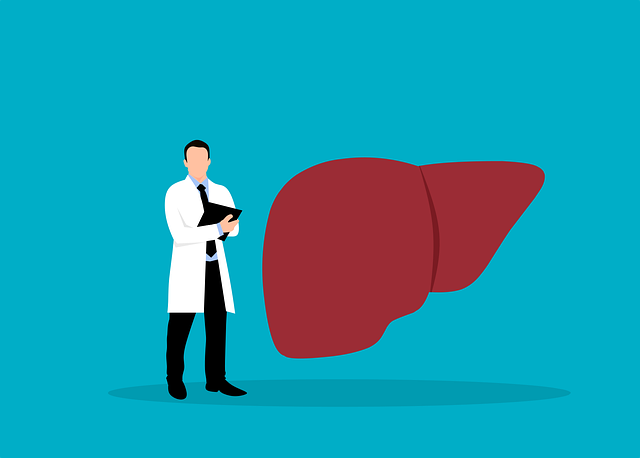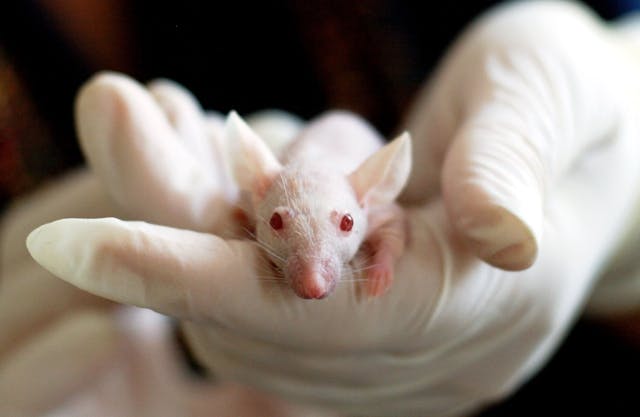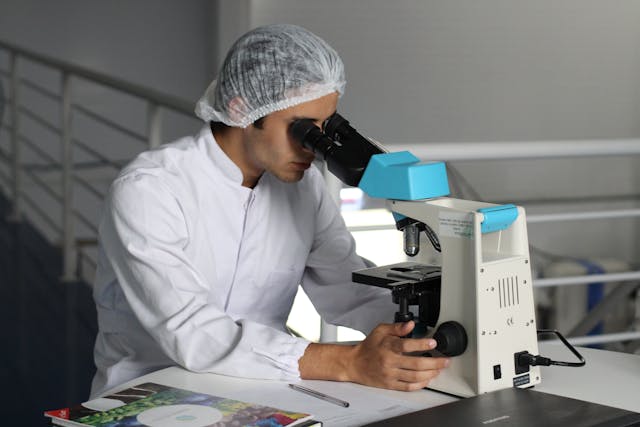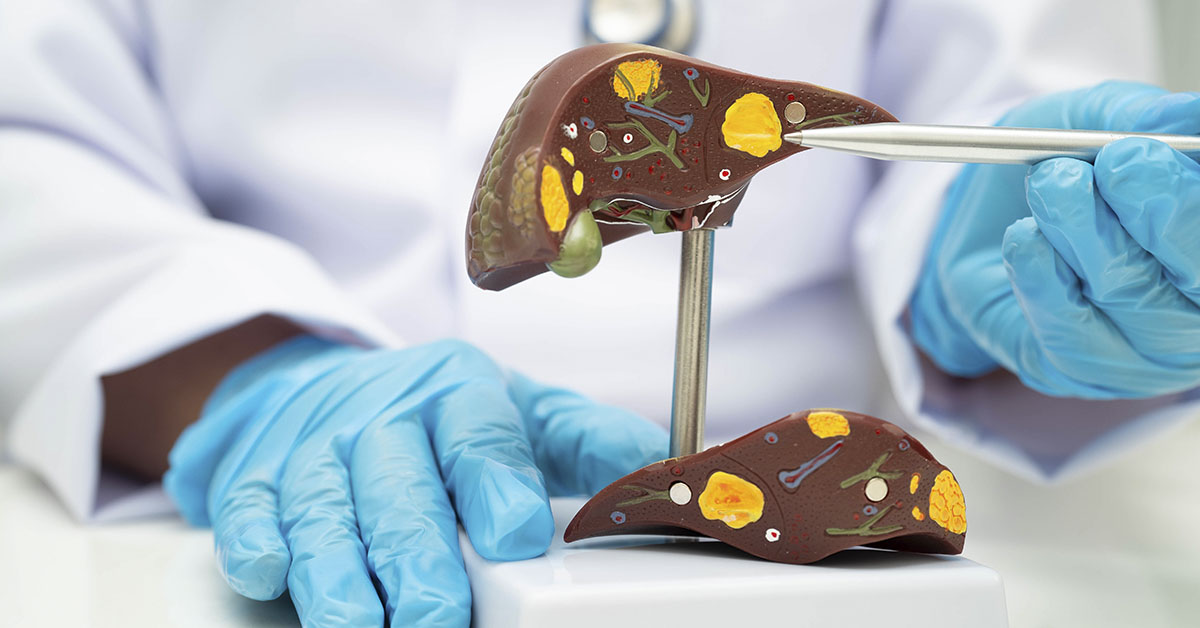Non-alcoholic fatty liver disease, which is now known as Metabolic Dysfunction-Associated Liver Disease (MASLD), is caused when excessive amounts of fat accumulate in the liver. This often happens as a result of certain metabolic issues, such as high blood sugar, obesity, high blood pressure, and high cholesterol. The condition can range from simple fatty infiltration to more severe types such as Metabolic Dysfunction-Associated Steatohepatitis (MASH). There is only one Fatty Liver Disease treatment available, so health practitioners are always looking for safer and more effective ways to address this condition.
What Causes Fatty Liver Disease?

Both MASLD and MASH are the result of poor lifestyle choices, such as a lack of exercise, a poor diet, and obesity. The resulting accumulation of fat in the liver can cause scarring and inflammation over time. Left untreated, these conditions can lead to the development of fibrosis, resulting in substantial liver damage. MASH can also lead to the development of cirrhosis, an often deadly condition where the liver becomes scarred and stops working properly. Very often, fatty liver disease does not exhibit any noticeable symptoms in the early stages. However, some people do experience various symptoms such as abdominal pain, fatigue, swelling in the legs, and jaundice. Some people also experience itchy skin, shortness of breath, and abdominal swelling.
The Need For a New Fatty Liver Disease Treatment

While these conditions are rather prevalent in society, there are very limited options when it comes to fatty liver disease treatment. One major issue is that levels of nicotinamide adenine dinucleotide (NAD+) begin to reduce in people affected with this condition. NAD+ plays an important role in various bodily processes, such as DNA repair, production of energy, and the control of inflammation. The reduction of NAD+ levels can potentially contribute to the progression of the disease and resulting damage to the liver. While researchers have realized that they can potentially stop or reverse damage by increasing these levels, they were not sure how this could be achieved.
Read More: Fatty Liver: Causes, Symptoms, Treatment & Home Remedies
The Study On Fatty Liver Disease Treatment

In a new breakthrough study, researchers at EPFL revealed that inhibiting ACMSD, a specific enzyme, may offer new hope. ACMSD is mostly found in the kidneys and liver and is responsible for breaking down tryptophan, an amino acid. It is also involved in limiting NAD+ production. The researchers discovered that they could increase NAD+ levels by blocking ACMSD. In mouse models of MASLD and MASH, this led to a reduction in DNA damage, fibrosis, and inflammation.
Several Models Were Used In The Study

Several models were used in the study, including liver cells from rodents and lab-grown human liver organoids. The rodents were fed a diet high in fat to mimic the Western diet, which causes fatty liver disease in humans. Once the mice had developed the disease, they were then given an ACMSD inhibitor called TLC-065. Then, they measured the effects on liver function and NAD+ levels in the mice’s livers, as well as the effects on the organoids.
Results of the Study

The researchers say the results of the study were rather promising. They found that blocking ACMSD significantly boosted the NAD+ levels in the liver. This increase helped reduce inflammation and even reversed DNA damage and fibrosis in the mice’s livers. Additionally, they discovered that blocking ACMSD reduced DNA damage markers in the human liver organoids. This study indicates that inhibiting ACMSD could be used as an effective fatty liver disease treatment for both MASH and MASDL. Increasing NAD+ production in the liver may protect against the serious damage caused by fatty liver disease, lowering the risk of progression to cirrhosis.
Read More: Signs of Fatty Liver Disease That Show Up in Your Face
New Frontiers in Fatty Liver Disease Treatment

This new study marks a promising step in the direction of a much-needed new fatty liver disease treatment. Since both MASLD and MASH are on the rise, these new findings come at the perfect time. What makes these findings particularly promising is the fact that the researchers were able to validate their claims using multiple models. Their findings were based on observations of both rodent models and human liver organoids. These organoids are important as they offer a closer approximation of human tissue than the rodent models.
The Bottom Line

The use of ASMSD inhibitors is still in the initial experimental stages. However, these findings could represent a major shift in how we view fatty liver disease treatments. NAD+ is also associated with metabolism, aging, and cellular resilience in another disease. This means that these findings could eventually also have broader implications. However, more human trials will need to be conducted to confirm the study’s results. But so far, the future look promising for new potential fatty liver disease treatments!
Read More: 3 Morning Supplements That May Help to ‘Slow Down’ Aging And ‘Promote Longevity

